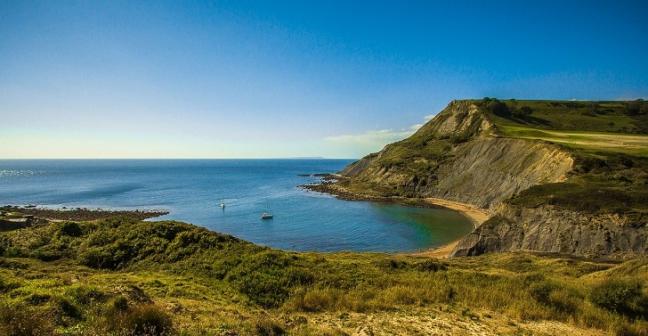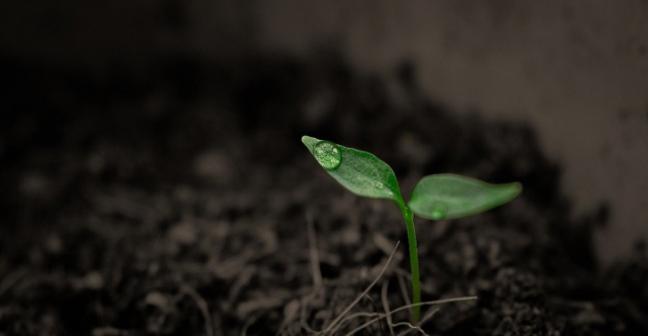Dhaka is the capital and largest city of Bangladesh. It is one of the largest and most densely populated cities in the world, with a population of 20.2 million people in the Greater Dhaka Area. It is the largest city in Eastern South Asia having frequently topped the index of the world’s cities...
Webinars content
This webinar is part of a series exploring how professionals involved in Environmental Impact Assessments (EIAs) have adapted their ways of working to the 'new normal' arising from the pandemic.
In this webinar Cameron and Amanda share how Ramboll use augmented reality in...
Aspects of the coastal and marine environment are in decline and we are causing irreversible damage to marine biodiversity and a loss of natural capital. This is despite previous efforts to maintain and restore species and habitats. The Marine Pioneer was developed to test innovative...
Soil health is often forgotten about as a hidden resource beneath our feet and yet it provides many benefits for nature, people and climate. There are various nature-based solutions we can promote to better support soil health and to improve ongoing issues such as loss of organic...
This webinar provides a brief overview of what is meant by ‘just transition’, where the idea came from, and how it relates to nature-based solutions and climate action. The webinar draws on the experience from the Centre for Climate Justice and Glasgow Caledonian University’s research...
In this webinar, Davide Pascarella considers the implications of the Environment Bill on local governments' regulatory framework around Smoke Control Areas.
Davide explores and highlights the impact of policy decisions and the real-world delivery of initiatives to tackle the...






